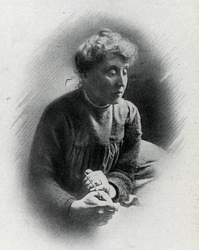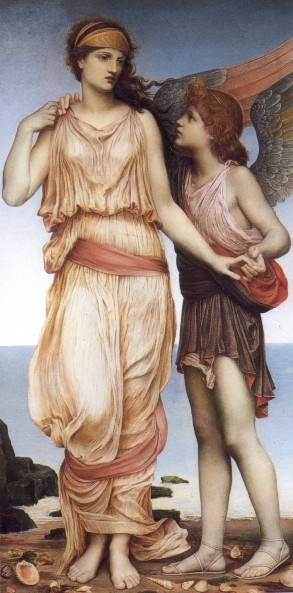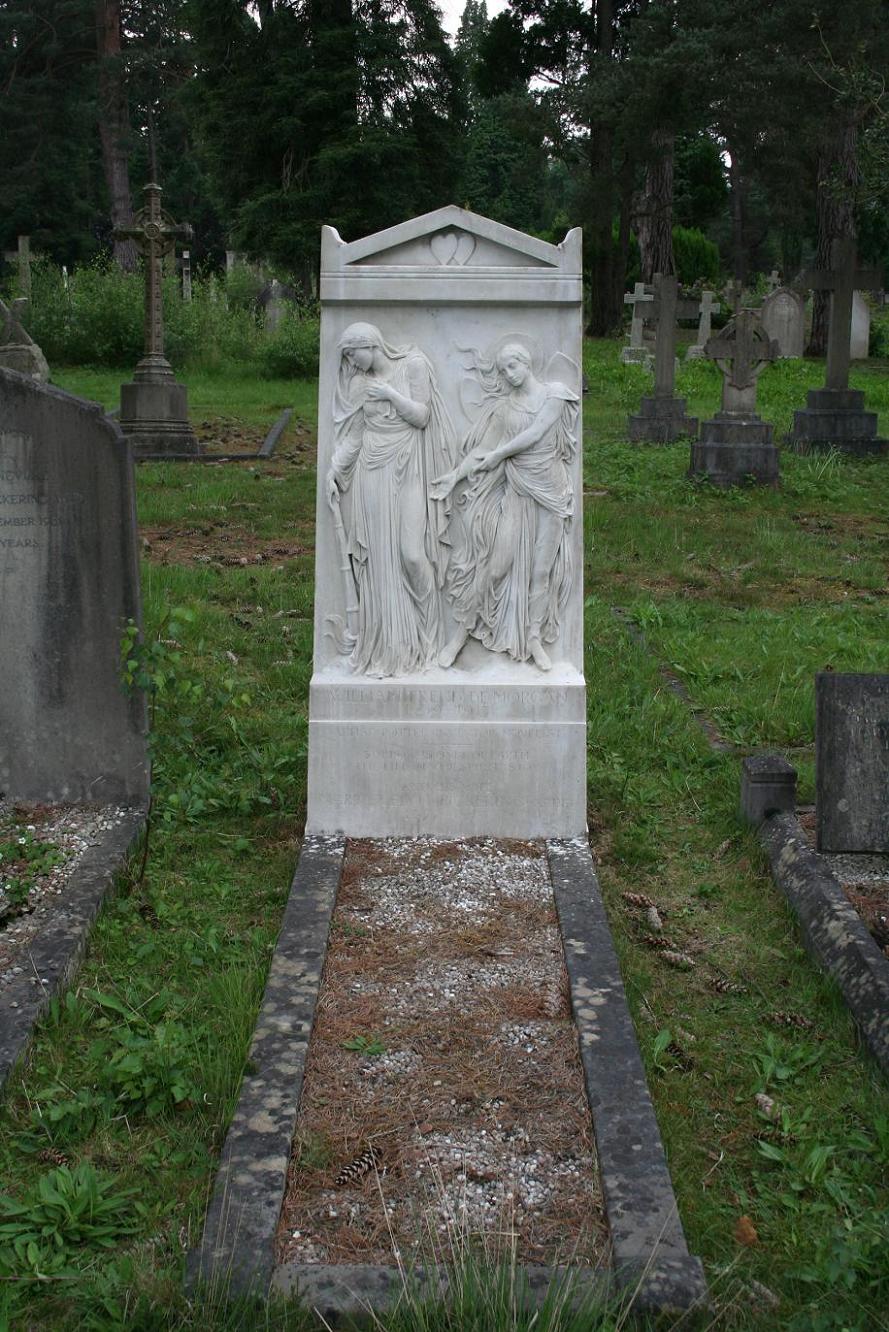Evelyn's family was very wealthy. This allowed Evelyn to receive an excellent education at home. She began to receive drawing lessons when she was just 15. There was a conflict between her parents about Evelyn's career choice.
In 1867, at the age of 17, Evelyn began her studies at the Slade School of Art in London, where she studied under Edward Poynter. Within one year of joining the school, Evelyn won several awards. These included a silver medal, first certificate for drawing, third certificate for composition, and a full scholarship for three years in which time she won many more awards.
During the time Evelyn was attending school at Slade School of Art, her uncle, John Rodham Spencer-Stanhope purchased a villa located in Florence, Italy. This would provide Evelyn with a reason to travel to Italy and further her studies.
In 1875, Evelyn went to Italy for the first time. She would visit Rome, Asisi, Perugia, and ended up in Florence in 1876. She debuted at the Dudley Gallery, where she exhibited her work entitled "St. Catherine of Alexandria". This exhibition brought her an invitation to display her artwork at the Grosvenor Gallery, in London, which she gladly accepted and held regular exhibitions. Evelyn would then move into her own art studio in Chelsea.
In 1887, Evelyn married William de Morgan, who was a novelist and also created ceramic artwork and stained glass. Although William was an established artist, he was not as financially successful, and would rely on Evelyn for financial support.
From 1888 through 1901, Evelyn held regular exhibits at the Grosvenor Gallery. She would establish a reputation that likened her artwork to the artist Burne-Jones. The majority of her subjects were deeply rooted in spiritualism.
Her paintings such as "The Christian Martyr" and "The Worship of Mammon" were enhanced by her superior drawing skills and sense of design, often painted with striking color on a very large scale.
From 1890 to 1914, due to the decline of William's health, the couple would spend each winter in Florence, Italy. This appears to have helped Evelyn's artistic skill and her spiritual development.
It was during one of these winter trips that Evelyn and William devised a method of painting using glycerin which was very hard to manipulate while painting, but would produce a very clear and brightly toned painting.
There are records that show she exhibited at the Leighton House in London in 1902. In 1906 at the Bruton Gallery in London is where she held a one woman exhibition titled "Anglo-Florentine Portraits". Evelyn also held an exhibition of 25 paintings at the Wolverhampton Gallery in 1907.
Evelyn's horror over World War I led her to hold a benefit exhibition for the Red Cross at the Edith Grove Studio in London in 1916.
In 1917, William de Morgan died at their home in London. Two years after his death, in 1919, Evelyn also died in London.
∼Evelyn De Morgan (August 30, 1855 – May 2, 1919)
Evelyn's family was very wealthy. This allowed Evelyn to receive an excellent education at home. She began to receive drawing lessons when she was just 15. There was a conflict between her parents about Evelyn's career choice.
In 1867, at the age of 17, Evelyn began her studies at the Slade School of Art in London, where she studied under Edward Poynter. Within one year of joining the school, Evelyn won several awards. These included a silver medal, first certificate for drawing, third certificate for composition, and a full scholarship for three years in which time she won many more awards.
During the time Evelyn was attending school at Slade School of Art, her uncle, John Rodham Spencer-Stanhope purchased a villa located in Florence, Italy. This would provide Evelyn with a reason to travel to Italy and further her studies.
In 1875, Evelyn went to Italy for the first time. She would visit Rome, Asisi, Perugia, and ended up in Florence in 1876. She debuted at the Dudley Gallery, where she exhibited her work entitled "St. Catherine of Alexandria". This exhibition brought her an invitation to display her artwork at the Grosvenor Gallery, in London, which she gladly accepted and held regular exhibitions. Evelyn would then move into her own art studio in Chelsea.
In 1887, Evelyn married William de Morgan, who was a novelist and also created ceramic artwork and stained glass. Although William was an established artist, he was not as financially successful, and would rely on Evelyn for financial support.
From 1888 through 1901, Evelyn held regular exhibits at the Grosvenor Gallery. She would establish a reputation that likened her artwork to the artist Burne-Jones. The majority of her subjects were deeply rooted in spiritualism.
Her paintings such as "The Christian Martyr" and "The Worship of Mammon" were enhanced by her superior drawing skills and sense of design, often painted with striking color on a very large scale.
From 1890 to 1914, due to the decline of William's health, the couple would spend each winter in Florence, Italy. This appears to have helped Evelyn's artistic skill and her spiritual development.
It was during one of these winter trips that Evelyn and William devised a method of painting using glycerin which was very hard to manipulate while painting, but would produce a very clear and brightly toned painting.
There are records that show she exhibited at the Leighton House in London in 1902. In 1906 at the Bruton Gallery in London is where she held a one woman exhibition titled "Anglo-Florentine Portraits". Evelyn also held an exhibition of 25 paintings at the Wolverhampton Gallery in 1907.
Evelyn's horror over World War I led her to hold a benefit exhibition for the Red Cross at the Edith Grove Studio in London in 1916.
In 1917, William de Morgan died at their home in London. Two years after his death, in 1919, Evelyn also died in London.
∼Evelyn De Morgan (August 30, 1855 – May 2, 1919)









